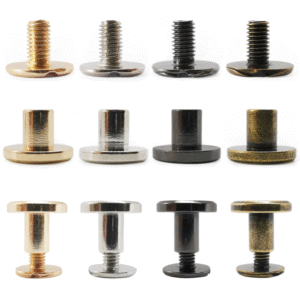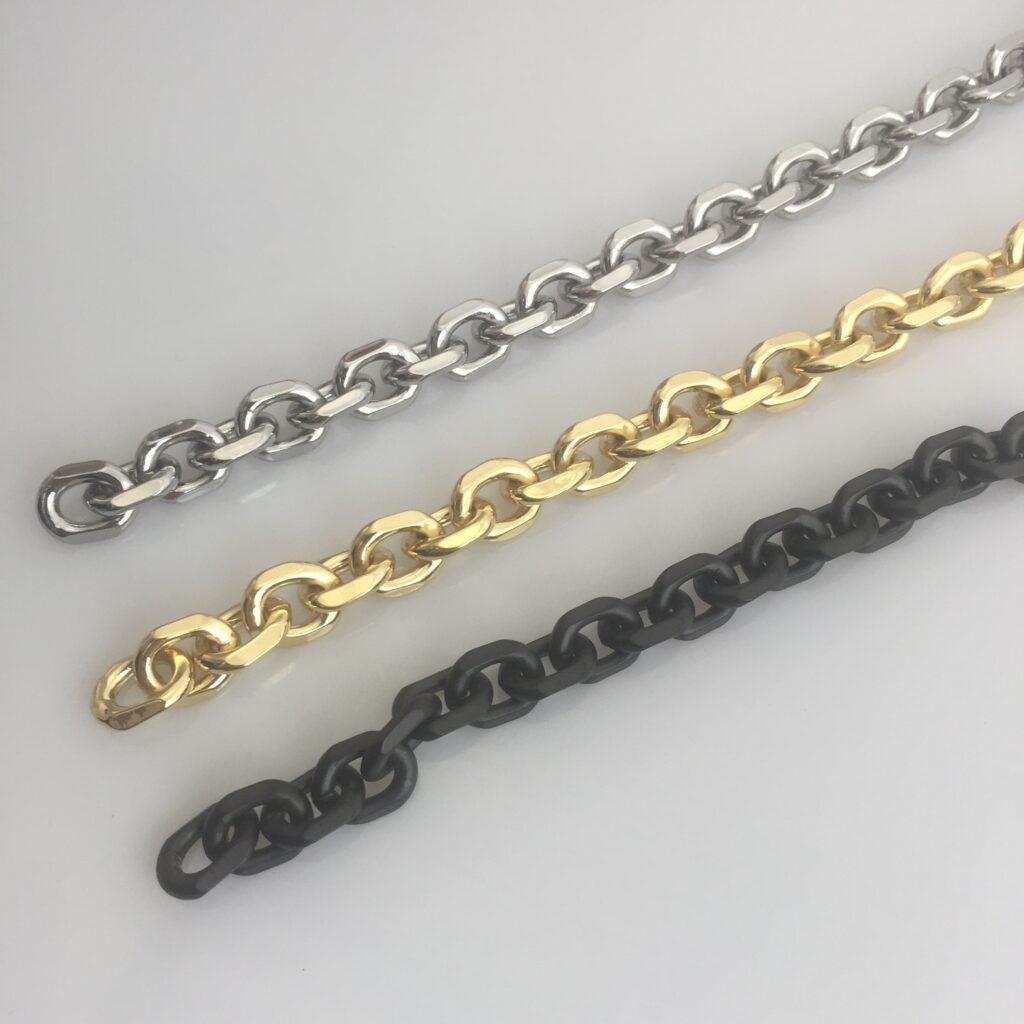In furniture design, rivets are a seemingly minor yet crucial detail. Although they are often hidden beneath the surface, their impact on product durability, safety, and aesthetics is significant. Designers may invest considerable time and effort into appearance design while overlooking the critical aspect of rivet selection. In fact, choosing the right rivets can significantly enhance furniture quality and save up to 50% in after-sales costs. This ‘little secret’ conceals profound wisdom between design and engineering.
The type and quality of rivets directly affect the lifespan of furniture. Low-quality rivets may become loose, rust, or break within a short period, causing structural damage and leading to after-sales repairs or replacements. In contrast, high-quality rivets can withstand greater loads and maintain stable performance under various environmental conditions, thereby extending the furniture’s lifespan. For instance, using corrosion-resistant stainless steel rivets in outdoor furniture can effectively prevent damage caused by moisture or salt spray, while selecting high-strength rivets for heavy-duty furniture can avoid structural failure due to excessive load.
Rivet selection must also consider compatibility with the overall furniture design. Different types of rivets are suitable for different materials and structures; for example, wooden furniture may require specific rivets to ensure proper bonding with wood, whereas metal furniture needs rivets that emphasize strength and corrosion resistance. Additionally, the rivet’s aesthetic design should harmonize with the furniture’s overall style to avoid visual discord that could detract from the product’s appearance. Designers need to strike a balance between functionality and aesthetics, ensuring that rivets meet technical requirements while enhancing the product’s overall quality. Hardware accessories
Hardware accessories
The installation method and quantity of rivets also significantly influence after-sales costs. Proper installation ensures maximum load-bearing capacity while avoiding early damage caused by improper installation. For example, over-tightening or under-tightening can lead to rivet deformation or damage to surrounding materials. Therefore, designers must consider rivet installation techniques during the design phase and closely collaborate with production teams to ensure every detail reaches optimal condition.
The long-term benefits of choosing high-quality rivets far exceed their initial cost. While high-quality rivets may have a slightly higher unit price, the after-sales savings they provide are substantial. By reducing repair and replacement frequency, companies can lower direct costs and improve customer satisfaction and brand reputation. Over time, this ‘little secret’ proves to be a wise investment.
In summary, although small, rivets are an indispensable key component in furniture design. Through careful selection and thoughtful design, designers can not only improve product quality but also save up to 50% in after-sales costs. This approach of focusing on details embodies the perfect integration of efficient design and practical engineering.

